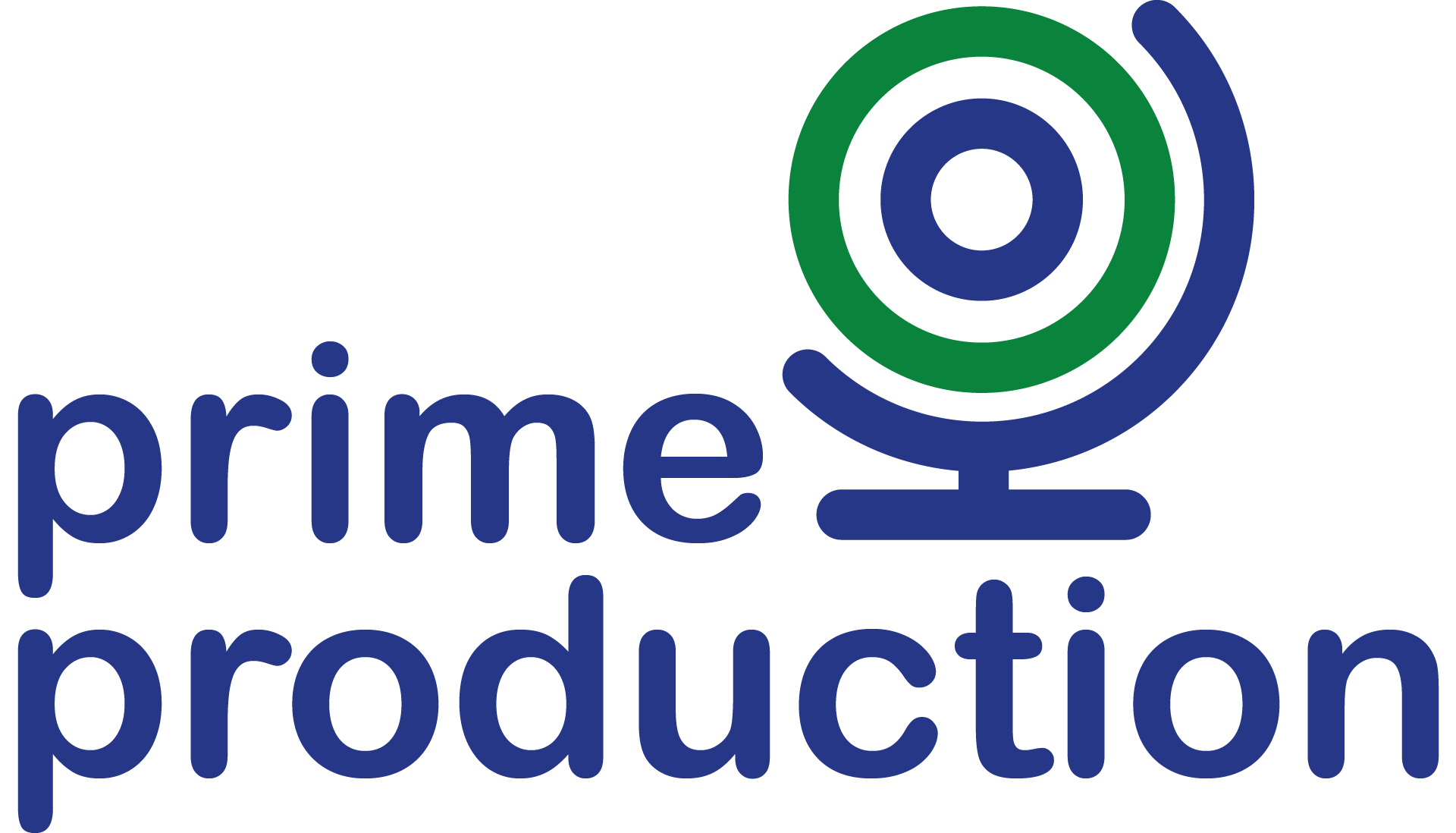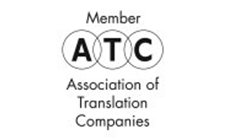Multilingual communication is increasingly becoming crucial to successful business operations in today’s globalized marketplace. As businesses expand their reach across borders and engage with diverse customer bases, the ability to communicate in multiple languages has emerged as a strategic advantage.
From choosing the right languages for your business to utilizing advanced tools and technologies, let’s explore key considerations and best practices for helping your business thrive in multilingual environments.
The Benefits of Being Multilingual
Being multilingual offers a myriad of benefits for businesses, including improved customer satisfaction, better cross-cultural communication, increased sales opportunities, and a competitive edge in international markets. It also demonstrates respect for different cultures and shows a commitment to inclusivity.
Global Reach and Customer Engagement
By embracing multilingual communication, businesses can reach a wider audience and engage with customers on a more personal level. Speaking your customers’ language not only facilitates smoother interactions but also fosters trust and loyalty, leading to long-term relationships and repeat business.
Strategies for Implementing Multilingual Support
Implementing multilingual support requires careful planning and execution to ensure effective communication across language barriers. Developing a multilingual support plan and leveraging translation services and localization are essential strategies for businesses looking to cater to diverse linguistic needs.
Creating a Multilingual Support Plan
A comprehensive multilingual support plan should outline language requirements, set clear communication protocols, establish language-specific customer service channels, and provide training for staff members. By addressing language barriers proactively, businesses can enhance customer satisfaction and retention.
Utilizing Translation Services and Localization
Utilizing professional translation services and localization techniques can help businesses adapt their content and products to different linguistic and cultural contexts. From website localization to customer support documentation, accurate translation and cultural adaptation are key to delivering a seamless experience for multilingual customers.
Choosing the Right Languages for Your Business
When deciding which languages to prioritize for your business, conducting market research and considering language preferences are crucial steps. Strategic selection of languages based on market demand and business objectives can maximize the impact of your multilingual communication efforts.
Market Research and Language Preferences
Conducting market research to identify target markets, language preferences, and regional dialects can help businesses tailor their multilingual strategy to meet specific customer needs. Understanding linguistic diversity and cultural nuances is essential for successful communication in global markets.
Strategic Considerations for Language Selection
Strategic considerations such as the potential for growth in specific regions, the competitive landscape, and the availability of language resources should inform your decision-making process when selecting languages for your business. Prioritizing languages that align with your target audience and business goals can drive success in international markets.
Tools and Technologies for Multilingual Business Operations
Incorporating tools and technologies that support multilingual operations can streamline communication processes and enhance efficiency. From translation management systems to language support in customer relationship management (CRM) systems, leveraging technology can help businesses deliver seamless multilingual experiences to their customers.
Translation Management Systems
Translation Management Systems (TMS) help businesses efficiently handle multilingual content by streamlining translation workflows and ensuring consistency across all platforms. These systems centralize translation resources and automate localization processes, reducing time-to-market while enhancing the quality and accuracy of global communication.
Language Support in Customer Relationship Management (CRM) Systems
Integrating language support into CRM systems allows businesses to keep track of customer preferences, communication history, and interactions in multiple languages. This multilingual capability allows for more personalized engagement, helping companies connect with diverse customer groups and foster long-term loyalty through inclusive and effective communication.
Training and Development for Multilingual Staff
When it comes to making your business multilingual, training and development for your staff are crucial. Providing cultural competency training can help employees understand and respect different customs and behaviors. Language proficiency programs can also enhance communication skills and ensure that your team can effectively interact with clients and partners from diverse linguistic backgrounds.
Best Practices for Sustainable Multilingual Growth
For sustainable multilingual growth, focus on continuous improvement in language support. This includes offering ongoing training opportunities, updating language resources, and encouraging employees to enhance their language skills. Staying adaptable to changing global market demands will ensure that your multilingual strategy remains relevant and effective in a rapidly evolving business landscape.
Embracing multilingual communication is not just a matter of linguistic diversity but a strategic investment in building stronger relationships with customers, expanding market reach, and driving sustainable business growth. By implementing the outlined strategies, businesses can overcome language barriers, enhance cross-cultural understanding, and position themselves for success in an increasingly interconnected world.
Embracing multilingualism is not just a trend but a fundamental aspect of thriving in today’s global business landscape.













Leave A Comment